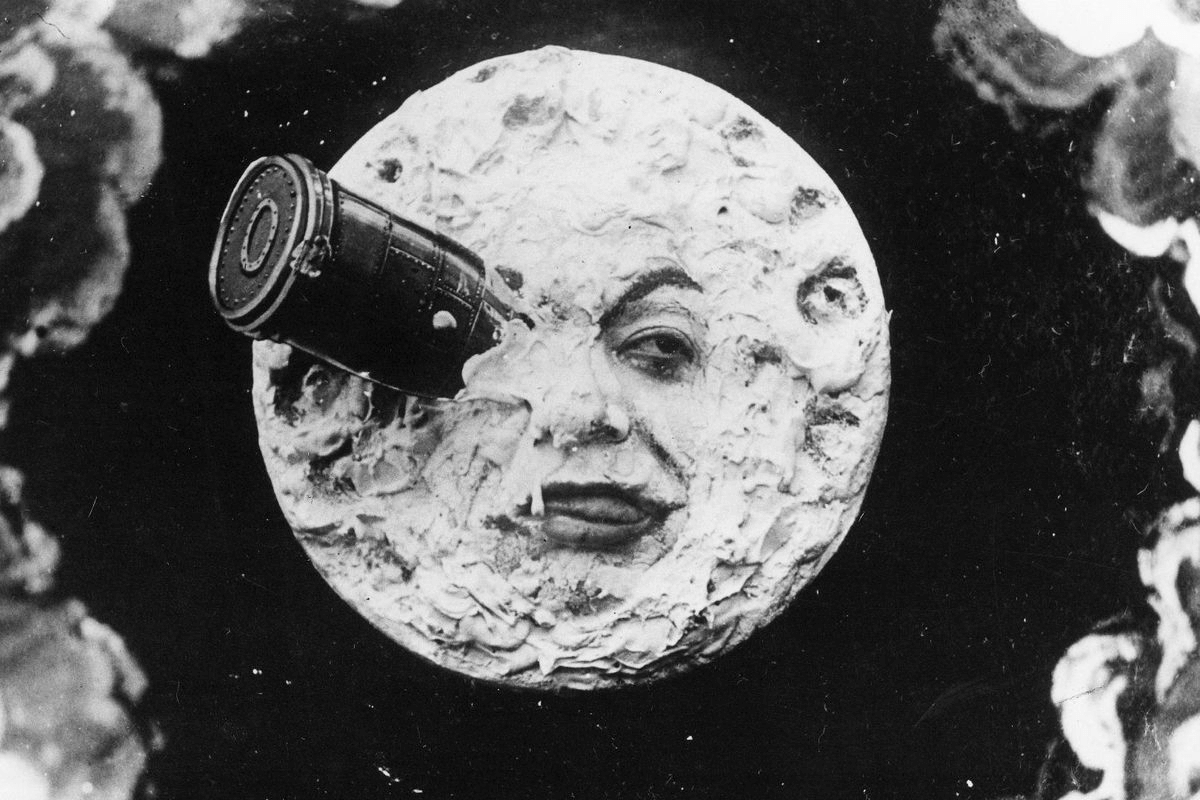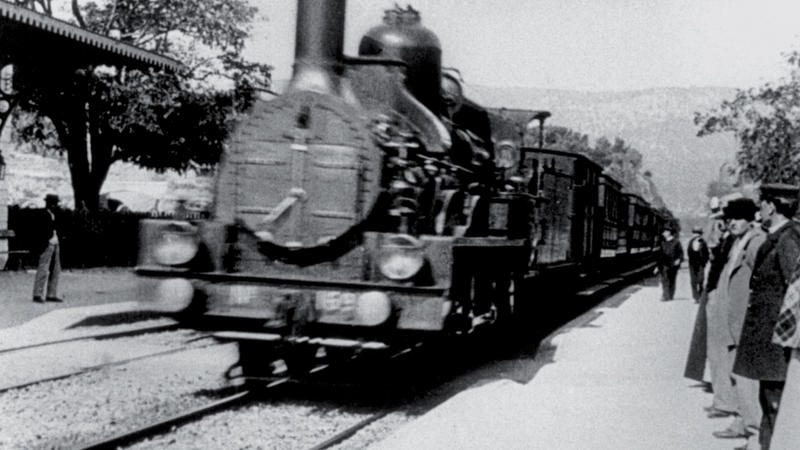The early history of cinematography marks a period of remarkable innovation and experimentation in capturing and projecting moving images. From the pioneering efforts of inventors to the birth of the first films, let’s delve into this captivating era that laid the foundation for modern-day cinema.
“Capturing Motion: Unraveling the Early History of Cinematography and the Birth of the First Films”
Persistence of Vision:
The concept of persistence of vision, which forms the basis of cinematography, was discovered in the early 19th century. Scientists and inventors observed that the human eye retains an image for a split second, creating the illusion of continuous motion when a series of images is presented rapidly.
Predecessors to Motion Pictures:
Before the invention of cinema, several devices and techniques paved the way for capturing and presenting moving images. The phenakistiscope, zoetrope, and praxinoscope were some of the early optical devices that produced the illusion of motion through sequential images.
Eadweard Muybridge and the Motion Studies:
In the late 19th century, photographer Eadweard Muybridge conducted a series of motion studies using multiple cameras and high-speed shutters. His experiments aimed to settle a debate regarding whether all four hooves of a galloping horse leave the ground simultaneously. Muybridge’s work laid the foundation for motion capture and paved the way for the development of moving pictures.

Thomas Edison and the Kinetoscope:
Thomas Edison, along with his assistant William Kennedy Laurie Dickson, developed the Kinetoscope in the late 1880s. The Kinetoscope was a peephole viewing device that allowed individuals to watch short films on a continuous loop. It marked a significant step toward the creation of projected motion pictures.
Lumière Brothers and the Cinematograph:
In 1895, the Lumière brothers, Louis and Auguste Lumière, introduced the Cinematograph, an all-in-one device that could both capture and project motion pictures. They organized the first public screening of films at the Grand Café in Paris, captivating audiences with everyday scenes captured on film. Their screenings marked the birth of commercial cinema and initiated a global fascination with motion pictures.
Early Narrative Films:
Filmmakers quickly recognized the potential of motion pictures as a storytelling medium. In 1896, Georges Méliès, a French illusionist and filmmaker, created “The Arrival of a Train at La Ciotat” and “A Trip to the Moon.” These films showcased the early use of narrative, special effects, and imaginative storytelling, expanding the possibilities of the medium.
International Contributions:
Alongside developments in France and the United States, filmmakers in other countries made significant contributions to early cinema. In Britain, the Lumière brothers’ films inspired filmmakers such as Robert W. Paul and George Albert Smith to experiment with storytelling techniques and camera movements.
These early films and inventions set the stage for the rapid evolution of cinematography in the years to come. They paved the way for the emergence of film studios, advancements in camera technology, and the growth of the film industry worldwide. The pioneers of early cinematography left an indelible mark on the history of filmmaking. It forever shaping the art form that continues to captivate audiences to this day.
The history of movies and cinematography has continued
To evolve and unfold since its early days, shaping the way we experience and appreciate the art of storytelling on the silver screen. Let’s explore how this captivating journey has progressed over time.
Technological Advancements:
From the early inventions of the Lumière brothers and Thomas Edison, the technology behind movies and cinematography has constantly evolved. From the introduction of sound in films to the advancements in camera equipment, lighting techniques, and visual effects, each technological leap has pushed the boundaries of what is possible on screen.
Film Genres and Movements:
Over the years, various film genres and movements have emerged, each leaving a distinctive mark on cinematic history. From the silent era and the golden age of Hollywood to the rise of independent cinema and the global influence of international films, diverse storytelling approaches have contributed to the ever-expanding tapestry of movies.
Narrative Innovations:
Filmmakers have continually pushed the boundaries of storytelling techniques, experimenting with narrative structures, character development, and thematic explorations. From nonlinear storytelling to the use of unreliable narrators, innovative approaches have challenged traditional conventions and expanded the artistic possibilities of cinema.

Global Cinema:
Movies and cinematography have become a universal language, transcending cultural barriers. Filmmakers from different parts of the world have contributed to a rich tapestry of stories. Showcasing diverse perspectives, cultural traditions, and societal issues. International films have gained recognition and appreciation, forging new connections among global audiences.
Technological Revolution:
Digital Era: The advent of digital technology revolutionized the filmmaking process. Electronic cameras, computer-generated imagery (CGI), and advanced post-production techniques. That all opened up new avenues for visual storytelling and expanded the scope of what can be achieved on screen. Online distribution platforms have also changed the way movies are consumed, providing greater accessibility and global reach.
Evolution of Audience Engagement:
With the rise of the internet and social media, audience engagement with movies has transformed. Moviegoers now have platforms to express their opinions, share recommendations, and participate in conversations about films. Online streaming services and video-sharing platforms have made movies available on-demand, giving viewers more control over their cinematic experiences.
Continued Innovation:
The journey of movies and cinematography continues to evolve with each passing year. Filmmakers and technicians strive to push creative boundaries, explore new storytelling techniques, and harness the latest technological advancements. Virtual reality (VR), augmented reality (AR), and interactive cinema experiences are some of the emerging trends that promise to reshape the future of movies.
The history of movies and cinematography is a testament to human creativity, innovation, and our collective love for storytelling. As technology advances and artistic visions continue to evolve, the magic of movies persists, captivating and inspiring audiences around the world.
